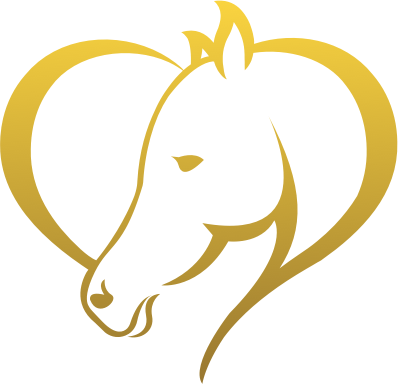Its no secret that I fix a lot of horses with trailer issues. In the last year I have solved these types of problems for 17 horses and their owners. But what causes these problems, and more importantly, what goes into fixing them?
Category: Natural Horsemanship (page 1 of 5)
Of all the problems I am called out for, lack of motivation is generally not one of them. But having a poorly motivated horse can certainly be an annoying problem. Their desire to work can be nonexistent, making them dull, listless, inattentive.
You may have heard the terms “left brain” or “right brain”, but what does this actually mean? If you have ever felt your horse had a double personality, you weren’t entirely incorrect.
Last year I wrote 3 articles about the process of de-spooking. Here are all the articles re-posted in their entirety.
Preparing to De-Spook
Several elements need to come together in order to be successful at this. For this reason, this will be split into two parts. Part one will focus on preparing to despook. So lets get started!
If you are a student of natural horsemanship, you will have heard the phrase “feel, timing and balance” on multiple occasions. If you are new to natural horsemanship, you will eventually come across this idea. In this article, I will explore what this idea mean to me, and hopefully explain it in a way anyone can understand.
I’ve spent a lot of time recently working with weanlings. It’s always very rewarding giving a young horse a great start to working with people! It has inspired me to write an article about handling youngsters. If you have a young horse, here is a bit of guidance to help you get started on the right foot.
I have a lot of horses presented to me with very specific issues their owners would like to see fixed. In most cases the problem presented isn’t the actual problem.
Natural horsemanship has been gaining popularity and becoming more “main stream”. You may find yourself asking “What is Natural Horsemanship?” and “Why is it becoming so popular?”
Aggressive horses can be scary and are definitely dangerous. In my early natural horsemanship training, I was taught about using phases and matching intensity. Although these methods worked, they sometimes required me to to do things I was not entirely comfortable with.
“The right thing easy and the wrong thing difficult”. This is a very effective technique used by natural horsemanship trainers.
This is a technique I have called upon on numerous occasions, the basis for “fixing” and retraining “problem” horses. But suddenly I have changed, and I now have a problem with this idea.
© 2025 Natural Bridges
Theme by Anders Noren — Up ↑










